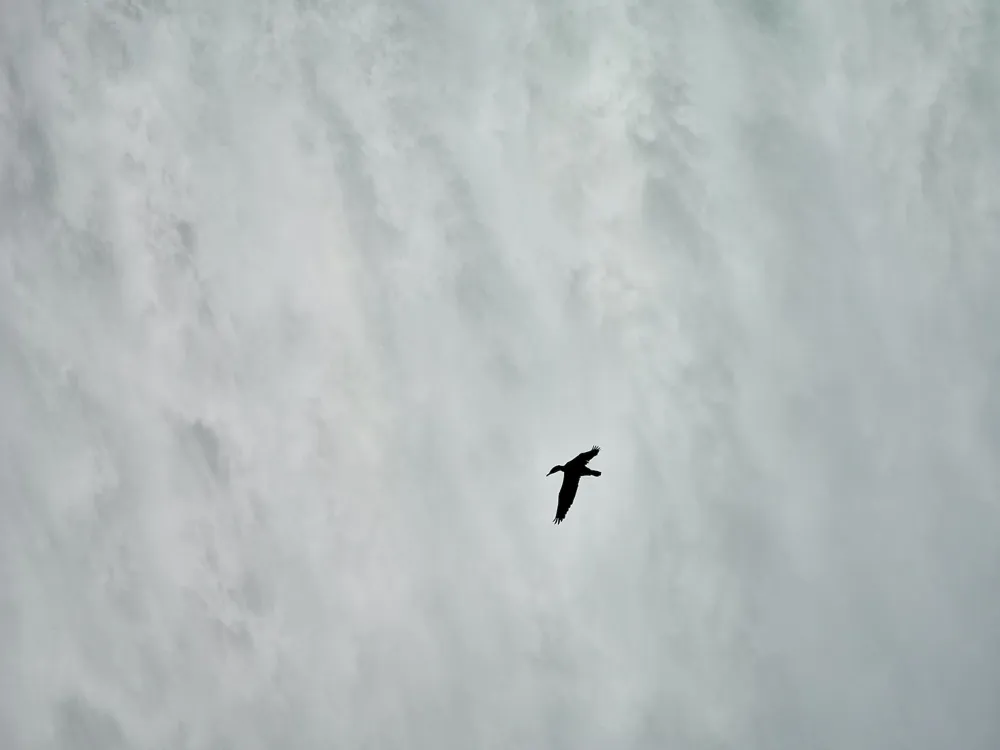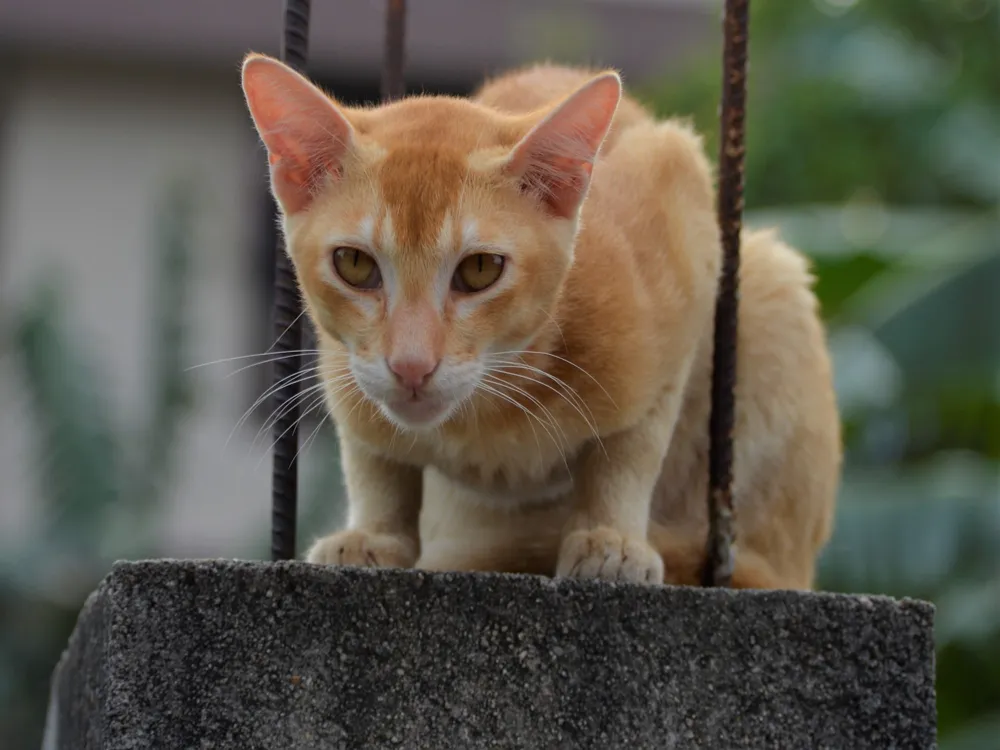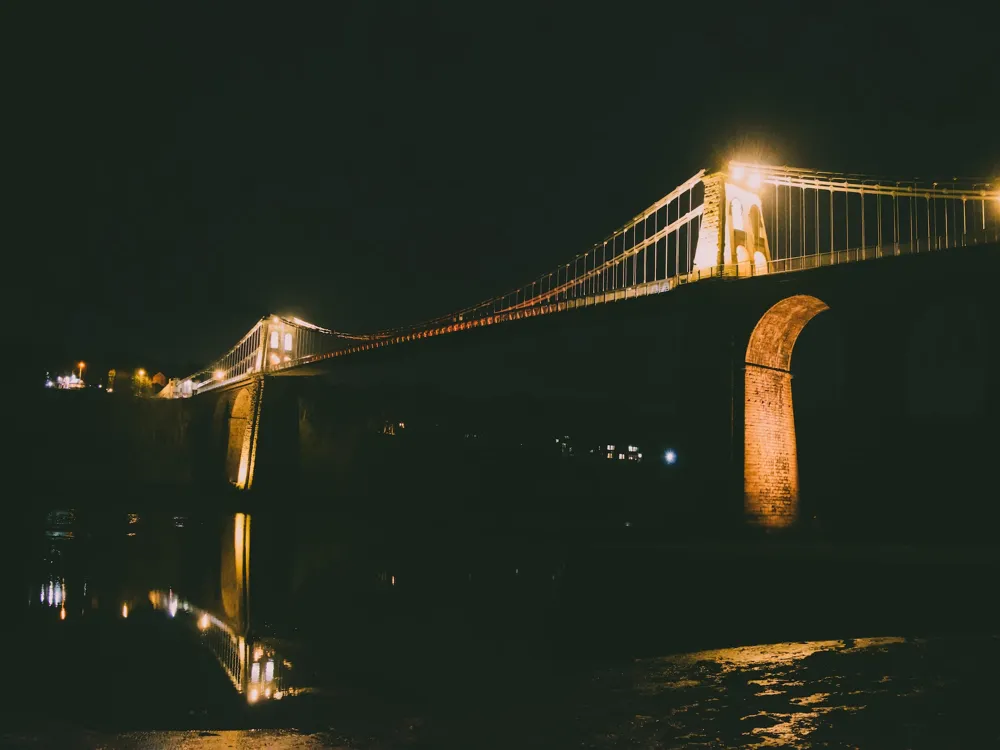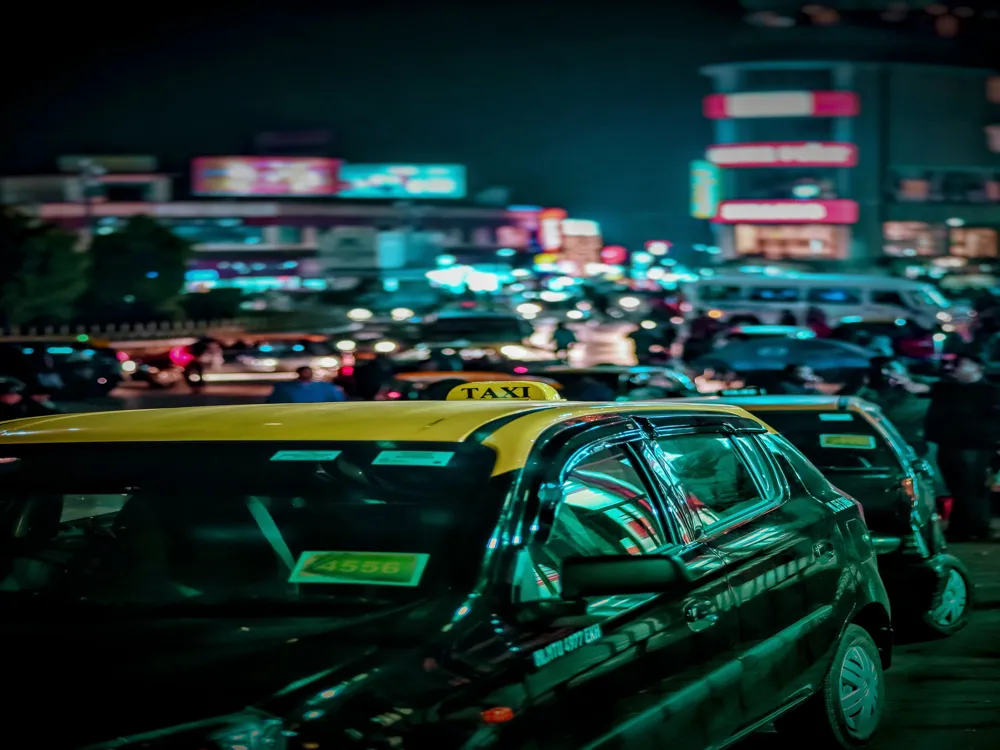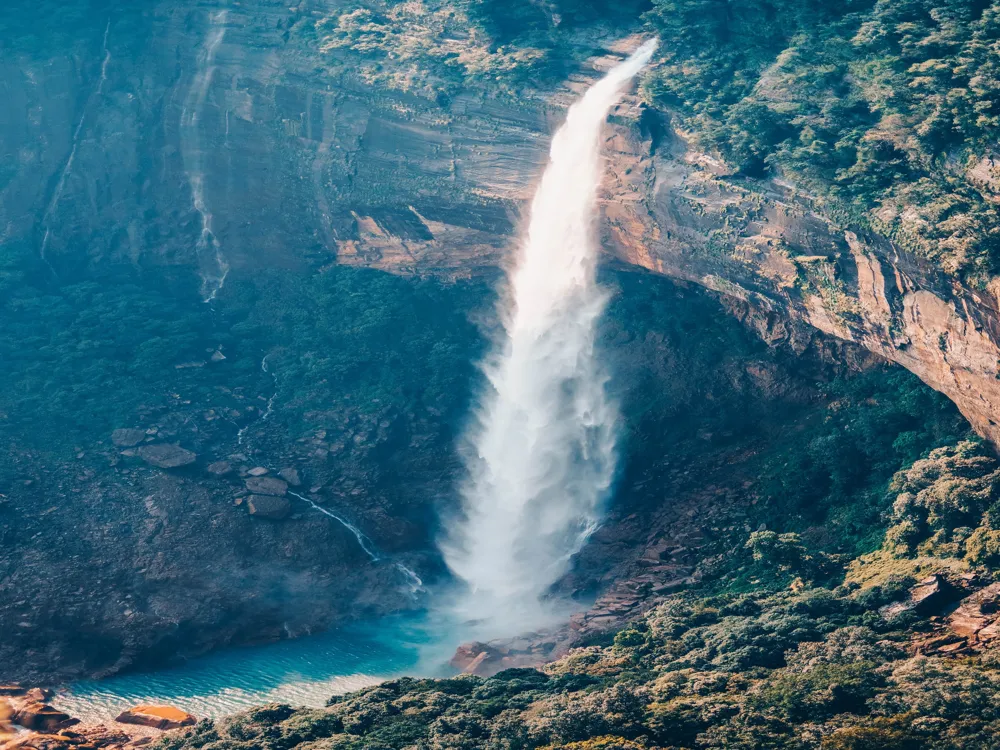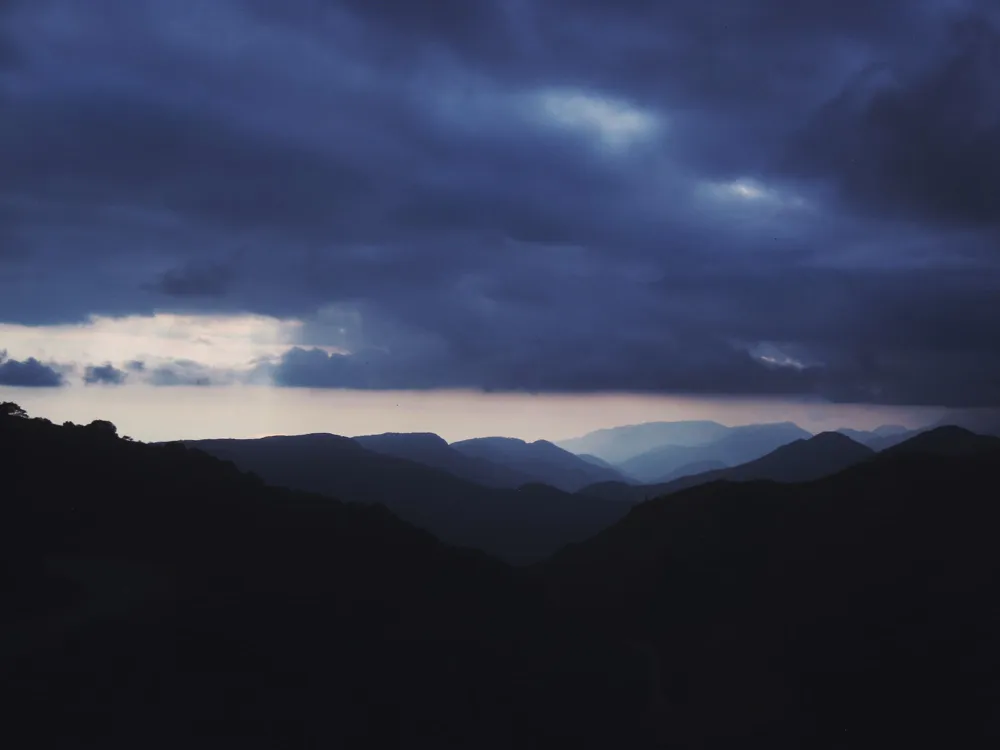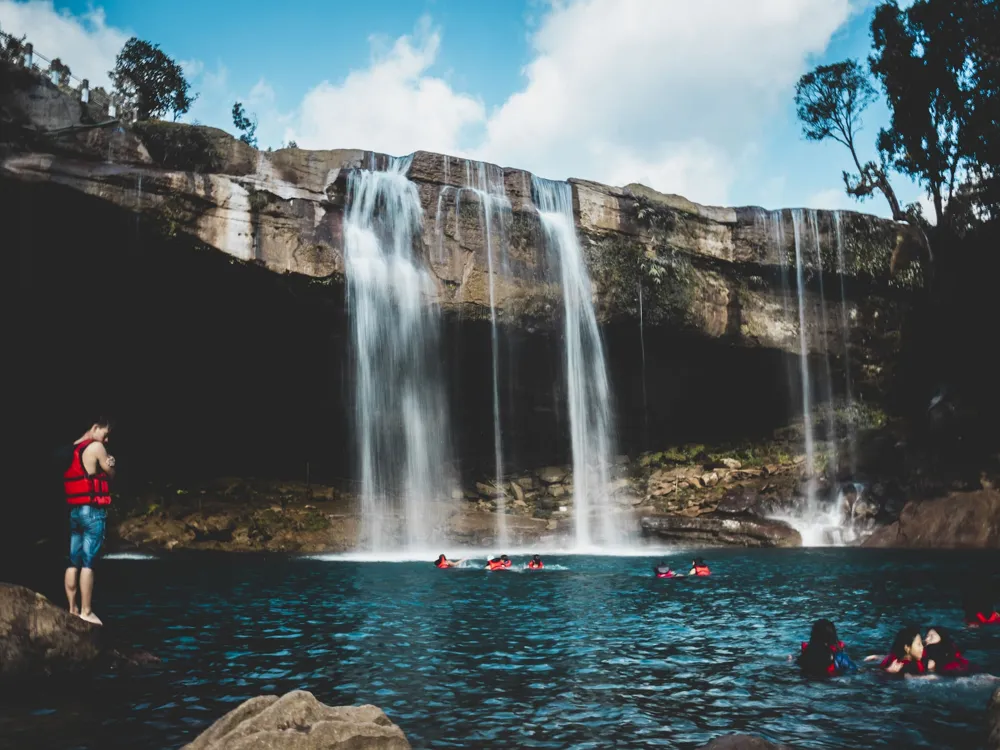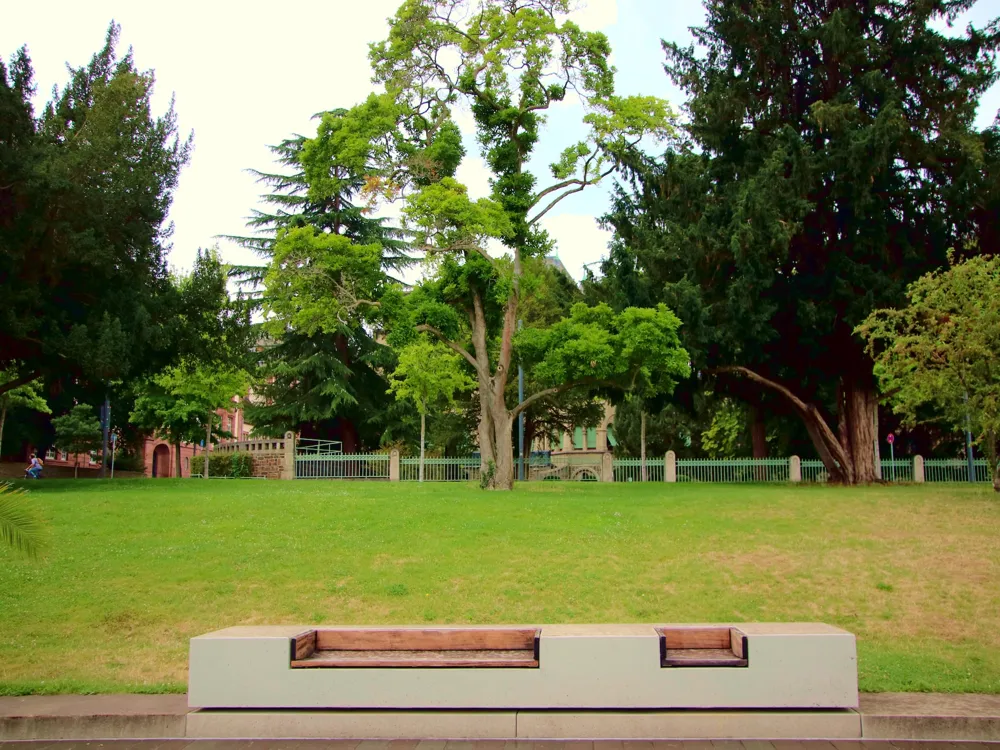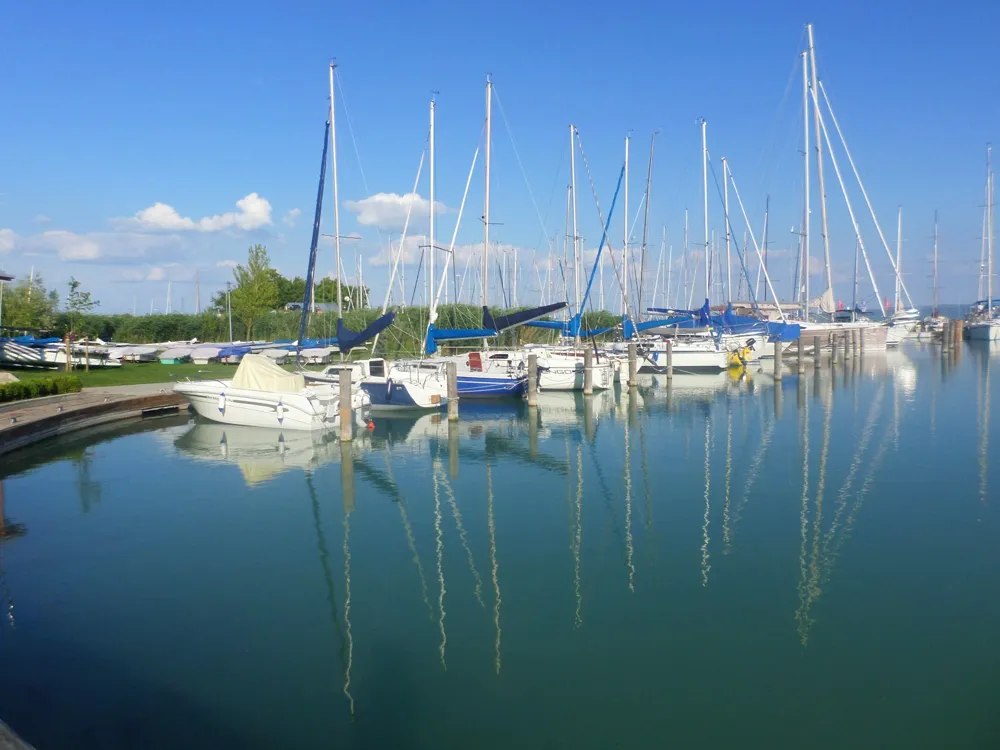Nestled in the serene hills of Meghalaya, the Durga Temple in Jowai stands as a beacon of spiritual and cultural significance. This ancient temple, dedicated to Goddess Durga, is not just a place of worship but a symbol of the rich cultural tapestry that Jowai is known for. Visitors are greeted with an aura of tranquility and peace, enveloping the temple's surroundings. The temple's history is deeply intertwined with the local traditions and beliefs, making it a pivotal site for understanding the cultural heritage of Meghalaya. The architecture of the Durga Temple is a splendid example of indigenous craftsmanship blended with influences from various periods of history. Its intricate designs and patterns are a testament to the skilled artisans who have preserved their art over generations. The temple serves as a focal point for the annual Durga Puja festival, drawing devotees from all corners to participate in the grand celebration. The festival is a vibrant display of culture, with rituals, music, and dance that illuminate the essence of Meghalaya's rich traditions. The Durga Temple of Jowai is a marvel of architectural brilliance, reflecting a blend of traditional Khasi designs and Hindu temple architecture. The structure is majestically, adorned with intricate carvings depicting various mythological scenes and figures. The temple's design is influenced by several architectural styles, making it a unique example of cultural fusion. The main sanctum, where the idol of Goddess Durga resides, is an epitome of sacred artistry. A notable feature of the temple's architecture is its use of local materials, which not only add to the aesthetic appeal but also represents the sustainable practices of the region. The temple complex is surrounded by lush greenery, adding a natural charm to its already impressive structure. The layout of the temple facilitates a journey of spiritual discovery, with each section representing different aspects of the divine and the universe. Visitors should be mindful of local customs and show respect towards the temple's rituals and practices. Dress modestly and follow the guidelines provided by the temple authorities. The ideal time to visit the Durga Temple is during the Durga Puja festival, which offers a spectacular cultural experience. However, the temple is open throughout the year, and visitors can enjoy a quieter atmosphere during off-peak seasons. Photography may be restricted in certain areas of the temple. It's advisable to check with the temple authorities and respect any limitations on photography to preserve the sanctity of the site. Jowai, the location of the Durga Temple, is well-connected by road and is accessible from major cities in Meghalaya. The nearest airport is in Shillong, from where visitors can hire taxis or take buses to Jowai. The journey offers scenic views of the Meghalaya countryside, making the travel a delightful experience in itself. For those traveling by train, the nearest railway station is in Guwahati, Assam, from where Jowai is a few hours' drive. Local transportation in Jowai is readily available, with options ranging from taxis to local buses. Visitors can also opt for guided tours, which often include visits to the Durga Temple as part of their itinerary. It's advisable to plan the journey in advance, especially during festival seasons, as accommodation and transportation can get booked quickly. Read More: Overview of Durga Temple in Jowai, Meghalaya
Architecture of Durga Temple
Tips When Visiting Durga Temple
Respect Local Customs and Traditions
Best Time to Visit
Photography Guidelines
How To Reach Durga Temple
Durga Temple
Jowai
Meghalaya
₹ 8,000 onwards
View jowai Packages
Jowai Travel Packages
View All Packages For Jowai
Top Hotel Collections for Jowai

Private Pool

Luxury Hotels

5-Star Hotels

Pet Friendly
Top Hotels Near Jowai
Other Top Ranking Places In Jowai
View All Places To Visit In jowai
View jowai Packages
Jowai Travel Packages
View All Packages For Jowai
Top Hotel Collections for Jowai

Private Pool

Luxury Hotels

5-Star Hotels

Pet Friendly



